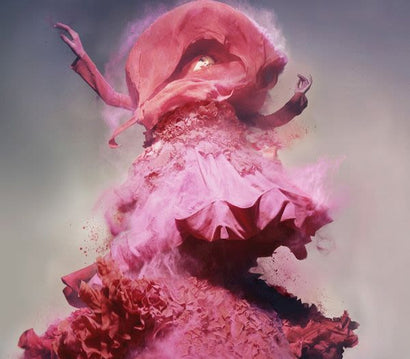Your Cart is Empty
Happy New Year! Now shipping to Canada. We may experience shipping delays due to freezing temperatures.
Happy New Year! Now shipping to Canada. We may experience shipping delays due to freezing temperatures.
The Rebellion of Pink: A Colorful Cultural History
Pink is iconic.
Think the infamous Jackie O Chanel suit, Marilyn Monroe's Dress in Gentlemen Prefer Blondes, Elvis' Pink Cadillac, Barbie's dream house Mary Kay Cosmetics, The Pink Panther…the list goes on.
What was once considered a "girl's color" has transitioned its way through history and emerged as a potent disruptor, representing power, strength, and influence.

The color pink is anything but ordinary. In fact, it's outright polarizing. Which makes sense, considering it’s rich – and rebellious – history.
The Colorful, Cultural History of Pink
In the mid-1700s, aristocrats wore wigs to represent class and luxury. Madame de Pompadour, the chief mistress of Louis XV, loved the faint, powdery hues so much that they made a new shade for her in a delicate pink shade called rose Pompadour (cnn.com).
This brilliant NYTimes piece showcases the lasting influence made by Madame de Pompadour in the fashion world.
During that time, pink was not considered feminine. It was instead associated with little boys because it was a paler shade of red, which was associated with the military.

Only when the military uniforms became darker in the late 1800s did the color become more associated with femininity.
Pink was also associated with skin color, appropriating some of its first sensual undertones. By the 1900s, pink became a bit more mainstream and mass-produced, using cheaper dyes that resulted in more "garish" versions like hot pink and magentas. Soon, these brighter pinks went from luxury to being worn in the working class, mostly by prostitutes.
In the 1920s, pink was associated with flirtation.
Flappers would dab rouge on and above their knees to draw the male gaze to their thighs. (apartment therapy)
In the mid-1920s, pink began its emergence in all forms of fashion. But only until the 1950s did it begin securing its iconic status as a female color due to post World War II advertising of the "boys are blue, girls are pink" scenario.

"Many believe pink began to be assigned to women as part of a post-World War II effort to reestablish traditional, Western gender roles. As women were pushed out of the workforce and back into the home, advertisers sought to feminize them. The ideal housewife was now depicted dressed in frilly, colorful clothing. At the same time, men's fashion became simple and neutral, reflecting the uniforms of their recent military service." - Artandobject.com
By the early 1980s, pink was officially mainstream and being embraced by males and specifically in the world of rock n' roll. The Ramones, Pink Floyd, and hairbands galore. Some even say that pink is the most rock n' roll color that ever was.
Pink's popularity as a more gender-neutral color was catapulted by popular TV shows like Miami Vice where they wore pastels with pride!

Refined, Rebellious + Gender-neutral
Pink has always been an intense color of transition and social movement. From Elvis's 1955 Pink Cadillac to millennial pink and as a symbol of women's rights. Thanks to fashion and music, pink continues its "cool phase" as a hip, strong, and androgynous color.

In interior design, lighter shades like blush have become one of the most popular colors, defining themselves as a new neutral with the ability to add soft sophistication to a variety of design styles.

20 Fun Facts about PINK
- The dyes that were used to prepare this color were known as Madder roots.
- Pink is often now used in prisons to calm violent prisoners. This specific shade is called Baker-Miller Pink (ref R255, G145, B175)
- The term "shocking pink" was invented by 20th-century fashion icon and adventurist Elsa Schiaparelli (Coco Chanel's rival) - this color cemented her place in the fashion world as being modern, witty and confident.

- If you want to make a natural pink sugar frosting (the most popular color), grate some beetroot, add a drop of lemon juice, and strain off the juice into your icing mix.
- Color words have often been used in the music industry - think about female rocker Pink, Cream and Black Sabbath - or the notorious Pink Floyd named after two Piedmont blues musicians, Pink Anderson and Floyd Council.
- Pink represents joy, nurturing, caregiving and love, bringing a sense of comfort and acceptance
- Psychological surveys taken observed that even if one did not like to wear or use pink within the home, they still had a positive feeling towards it.
- Pink is associated with the second day of the week according to the Thai calendar. So, mark it off each week as a day of growth and striving forward!
Also in Draft Color Confidential
Subscribe
Sign up to get the latest on sales, new releases and more …
Recent Articles
- Money-Making Decisions for Homeowners: The Right Renovations, Mortgages, and More

- The Rebellion of Pink: A Colorful Cultural History
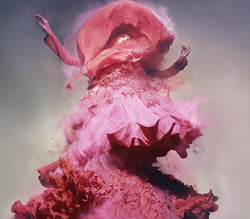
- Meet C2 Paint Color Specialist, Philippa Radon
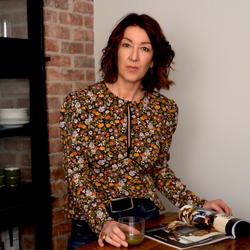
- The Creative Comforts of Winter Hibernation

- 7 Easy Ways to Refresh Your Home for the Holidays

- The Power of the UPC
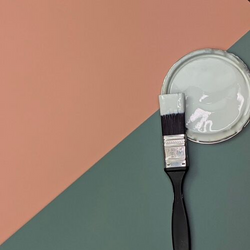
- THE REBELLIOUS SIDE OF PINK

- The Creative Comforts of Winter Hibernation
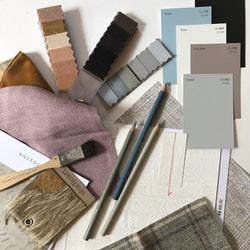
- The Beauty of Dark Walls

Categories
Subscribe
Sign up to get the latest on sales, new releases and more …
×
There’s a C2 Paint Dealer near you!
Visit the store to get exceptional, in-person service. Click below to see store details
See My Store